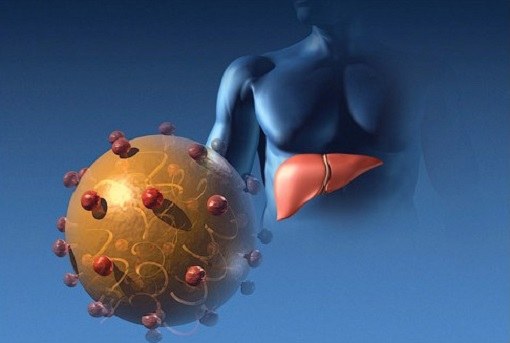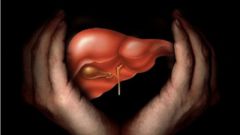Transmission of viral hepatitis
Carriers of hepatitis b virus is a peculiar form of disease, characterized by asymptomatic course. The outcome of this disease largely depends on the condition of the body of the carrier, its resilience, reactivity. But in any case, full recovery and release from the virus without specific treatment is unlikely.
Viral hepatitis according to the mechanism of transmission is divided into two large groups. The former include diseases with fecal-oral transmission, hepatitis A and E. the Second group, which includes all other types of viral hepatitis, reports of the pathogen parenteral route through blood, through sexual contact, from sick mother to the newborn.
The acute phase
Phase of acute infection, some patients have marked clinical manifestations (jaundice). Such patients hospitalitynet to the infectious diseases hospital. Others don't even notice its infection and detection of the virus in the future is seemingly random.
Usual outcome of acute hepatitis b ends in most recovery. But in some patients the body cannot get rid of the virus is formed and chronic carriers (chronic hepatitis). Most often these chronic forms occur in mild course of the disease. In these cases, the immune system of infected people just don't notice the virus and not acting on it properly.
In patients with acute hepatitis C clinic usually are mild, dominated by mild forms of the disease. And it is easy for patients is insidious: at the expiration of six months from the beginning of chronic infection (virus or chronic hepatitis) are formed in 70-80% of patients.
The formation of chronic virusological
The next stage occurs after 6 months from the date of introduction of the virus. This is a conventionally accepted term that differentiates between acute and chronic forms of the disease. Latent asymptomatic chronic disease begins to manifest itself in this period, low-grade hepatitis, detectable morphologically (liver biopsy), abnormal biochemical laboratory tests.
The process stretched on for years, if not there is a release from viruses. Symptoms gradually worsen. In adverse for the outcome of this period may be cirrhosis, liver cancer. Occasionally spontaneously, but more often under the influence of treatment the hepatitis can "fade out" for decades and stop bothering the patient.
Diagnosis virusological
As practice shows, it is very difficult to identify the start date of infection "point of reference". With the exception of persons with acute viral hepatitis in the hospital, or patients who are under constant laboratory control (health professionals, child care workers). Knowledge of the timing of the infection helps the physician in the diagnosis of hepatitis, determination of the nature of the disease, prognosis, choosing an optimal treatment. Patients should assist the physician by analyzing the history of their disease, to assume the probable time of infection.
Thus, a carrier of the virus a person can be a limited period of time - from six months to three years, during which time the virus ever leaves the body, or gaining strength and multiplies, leading to inflammation of the liver hepatitis.

